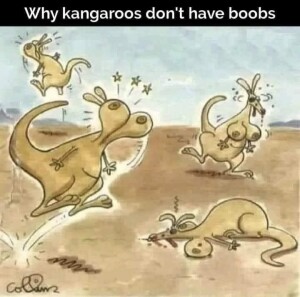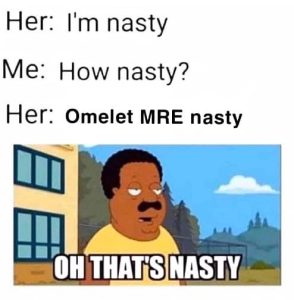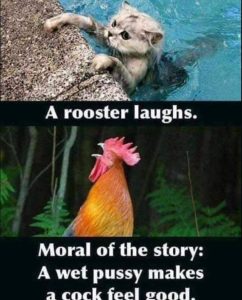Are You Curious About the Fascinating History Behind the Captivating Origins of Thanksgiving
Thanksgiving is a day of warmth, unity, and gratitude that brings loved ones together. This annual holiday is celebrated in the United States and Canada, where it holds a special significance. In the US, Thanksgiving is observed on the fourth Thursday of November, while in Canada, it is celebrated on the second Monday of October.
The roots of this tradition go back to the early 17th century when the Pilgrims, a group of English Separatists, sailed across the Atlantic aboard the Mayflower to the New World. Facing a series of challenges, including harsh winters, diseases, and hunger, they were befriended by the Wampanoag, a local Native American tribe, who taught them how to farm and hunt in the new land.
In 1621, after a successful harvest season, the Pilgrims organized a feast to express their gratitude and appreciation for their blessings. They invited the Wampanoag to join them in the celebration, and together they enjoyed an unforgettable three-day feast that featured a variety of foods, including turkey, venison, fish, and corn. The event symbolized the Pilgrims’ thankfulness for their bountiful harvest and their friendship with the Native Americans.
Over time, Thanksgiving became an official holiday in the US, with President Abraham Lincoln proclaiming it as a national holiday to be celebrated on the last Thursday of November in 1863. In an effort to boost the economy during the Great Depression, President Franklin D. Roosevelt moved the holiday up one week, but this change was met with resistance and confusion. Eventually, in 1941, Congress established Thanksgiving as a federal holiday on the fourth Thursday of November, where it remains today.
In Canada, Thanksgiving shares a similar history as a celebration of the harvest season. English explorer Martin Frobisher held a thanksgiving ceremony in Newfoundland in 1578 to give thanks for his safe arrival in the New World. The French settlers in Canada continued this tradition, and it was recognized as a national holiday in 1957.
In conclusion, Thanksgiving is a day when we come together with our loved ones to express gratitude for the blessings in our lives. It originated as a celebration of the Pilgrims’ successful harvest and their friendship with the Wampanoag tribe, and has since evolved into a beloved national holiday in both the United States and Canada.































